What Is a Kaleidoscope and How Does It Work?
What is a kaleidoscope? A kaleidoscope is a fascinating optical instrument that creates stunning visual patterns. It captivates both children and adults with its ever-changing, colorful displays. But how does this magical device work? Understanding the structure and science behind a kaleidoscope not only deepens our appreciation but also opens up a world of creative possibilities. In this blog, we’ll explore what a kaleidoscope is, how it works, its components, and even guide you on making your own. Additionally, we’ll look at some interesting applications of this delightful tool in various fields.
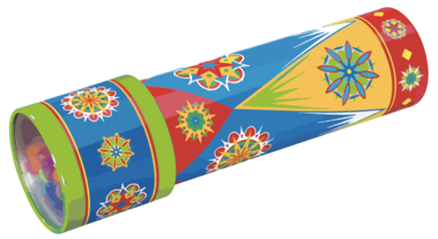
What Is a Kaleidoscope?
Definition and Origin
A kaleidoscope is an optical device that uses light and mirrors to produce symmetrical, colorful patterns. The term “kaleidoscope” comes from the Greek words “kalos” (beautiful), “eidos” (form), and “skopeo” (to look at). Sir David Brewster, a Scottish scientist, invented the kaleidoscope in 1816. Originally intended as a scientific tool to study optics, it soon became a popular toy and artistic instrument.
Types of Kaleidoscopes
There are several types of kaleidoscopes, including: 1. Standard Kaleidoscope: Uses loose objects like beads and glass in an object chamber. 2. Teleidoscope: Captures external scenes through a clear lens, turning surroundings into patterns. 3. Wheel Kaleidoscope: Features rotating disks with various patterns and colors. 4. Digital Kaleidoscope: Uses software to emulate kaleidoscope effects electronically.
How Does a Kaleidoscope Work?
The Role of Mirrors
At the heart of a kaleidoscope’s operation is its mirrors. Typically, two or more mirrors are arranged in a V or triangle shape. When light enters the tube, it reflects off these mirrors multiple times, creating repeated patterns. The angles between the mirrors are crucial; for instance, equilateral triangles produce hexagonal patterns.
Light Reflection and Pattern Formation
Light entering the kaleidoscope illuminates the materials in the object chamber. These objects (like beads or colored glass) scatter the light. As the light reflects within the mirrored chamber, it creates intricate patterns. Each turn or shake of the kaleidoscope changes the arrangement of objects, resulting in a new pattern. The mirrors ensure that the patterns are symmetrical, providing aesthetic pleasure.
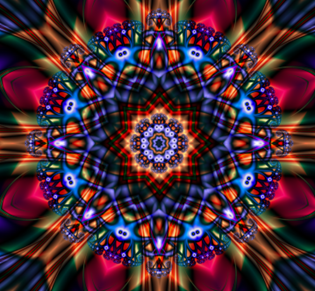
What Are the Components of a Kaleidoscope?
Tube and Viewing End
The main body of a kaleidoscope is a cylindrical tube. This tube guides light from one end to the other. One end has an eyepiece through which the user looks. Proper sealing of the tube prevents light leakage, which is essential for clear patterns.
Object Chamber and Materials
The object chamber, located at the opposite end of the viewing eyepiece, holds the items creating the patterns. These materials can be colored beads, pieces of glass, or any small, translucent objects. The chamber can be open or sealed, depending on the kaleidoscope type.
How to Make a Simple Kaleidoscope?
Materials Needed
To make a simple kaleidoscope, you’ll need: - A cardboard tube (like a paper towel roll) - Small mirrors or reflective plastic sheets - Transparent plastic disk - Colored beads or tiny objects - Tape - Scissors
Step-by-Step Assembly
1. Prepare the Tube: Cut the cardboard tube to your desired length.
2. Insert Mirrors: Cut mirrors to fit inside the tube and tape them into a triangular prism.
3. Create Object Chamber: Attach a transparent disk at one end and secure colored beads inside.
4. Seal the Ends: Close the open end after inserting the eyepiece.
5. Final Adjustments: Ensure no light leaks and test to see the patterns form.
What Are the Applications of Kaleidoscopes?
Educational Uses
Kaleidoscopes are valuable educational tools. They help teach concepts of light reflection and symmetry. They also spark creativity and enhance observational skills in children.
Artistic and Therapeutic Applications
Artists use kaleidoscopes to inspire designs and patterns. They are therapeutic as well; the repetitive patterns can be soothing and meditative, helping to reduce stress.
Conclusion
What is a kaleidoscope? Kaleidoscopes are not just toys; they are fascinating instruments of light and mirrors. They combine science and art, creating mesmerizing patterns with simple components. By understanding how they work, we can appreciate their beauty even more. Whether used for education, art, or therapy, kaleidoscopes continue to captivate and inspire.
FAQ
Why do kaleidoscope patterns change with movement?
Kaleidoscope patterns change with movement because the objects inside the chamber shift position. Each movement causes light to reflect differently, creating new symmetrical patterns.
Can I create a kaleidoscope at home?
Yes, you can create a simple kaleidoscope at home using basic materials like a cardboard tube, mirrors, and colored beads. Follow the provided steps for assembly.
What materials are best for vibrant kaleidoscope images?
The best materials for vibrant kaleidoscope images are colorful, translucent objects such as beads, pieces of stained glass, or plastic gems. These materials allow light to pass through and scatter, creating vivid patterns.



![PAU - [ Altern@tives-P@loises ] PAU - [ Altern@tives-P@loises ]](http://website-google-hk.oss-cn-hongkong.aliyuncs.com/drawing/179/2022-3-2/21584.jpeg)

![Good deal: 15% bonus credit on App Store cards of €25 and more [completed] 🆕 | iGeneration Good deal: 15% bonus credit on App Store cards of €25 and more [completed] 🆕 | iGeneration](http://website-google-hk.oss-cn-hongkong.aliyuncs.com/drawing/179/2022-3-2/21870.jpeg)


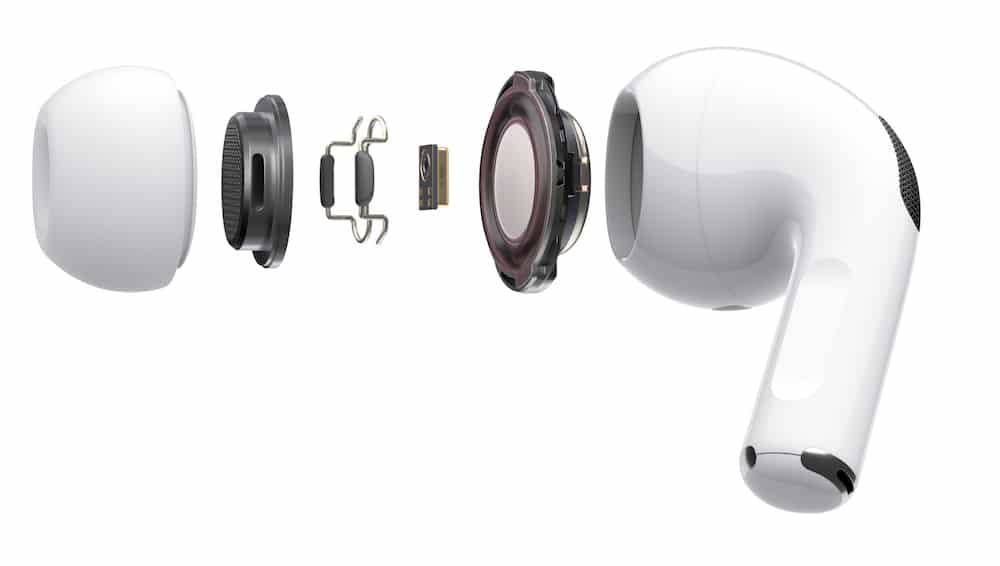
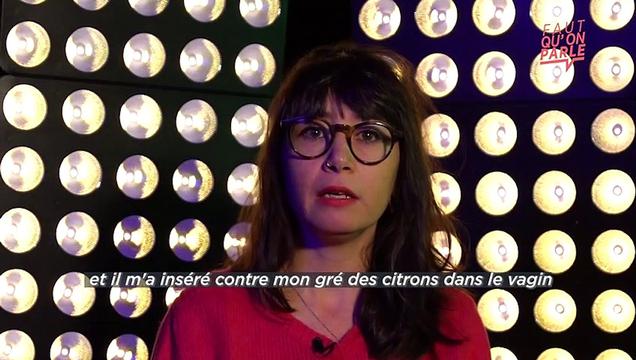
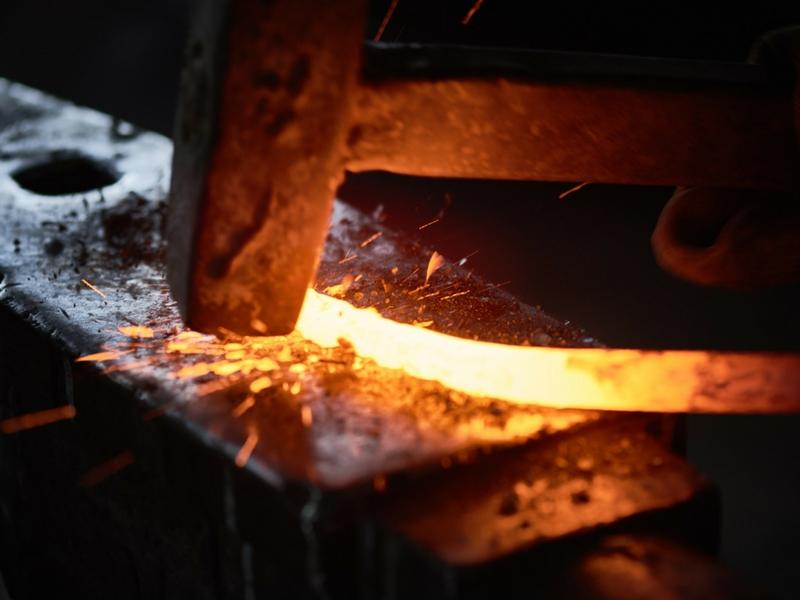
Related Articles